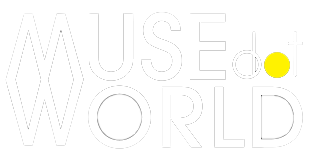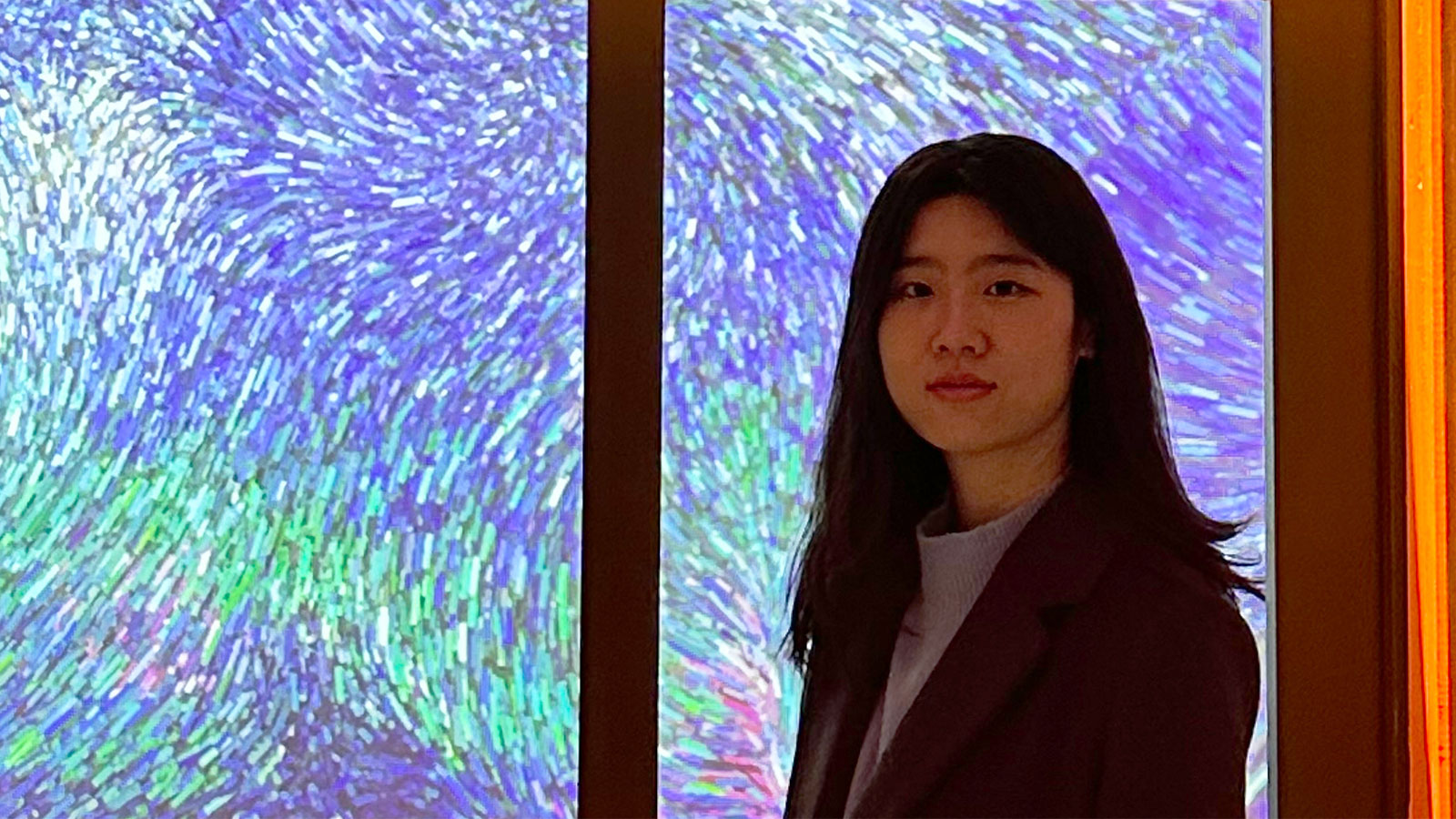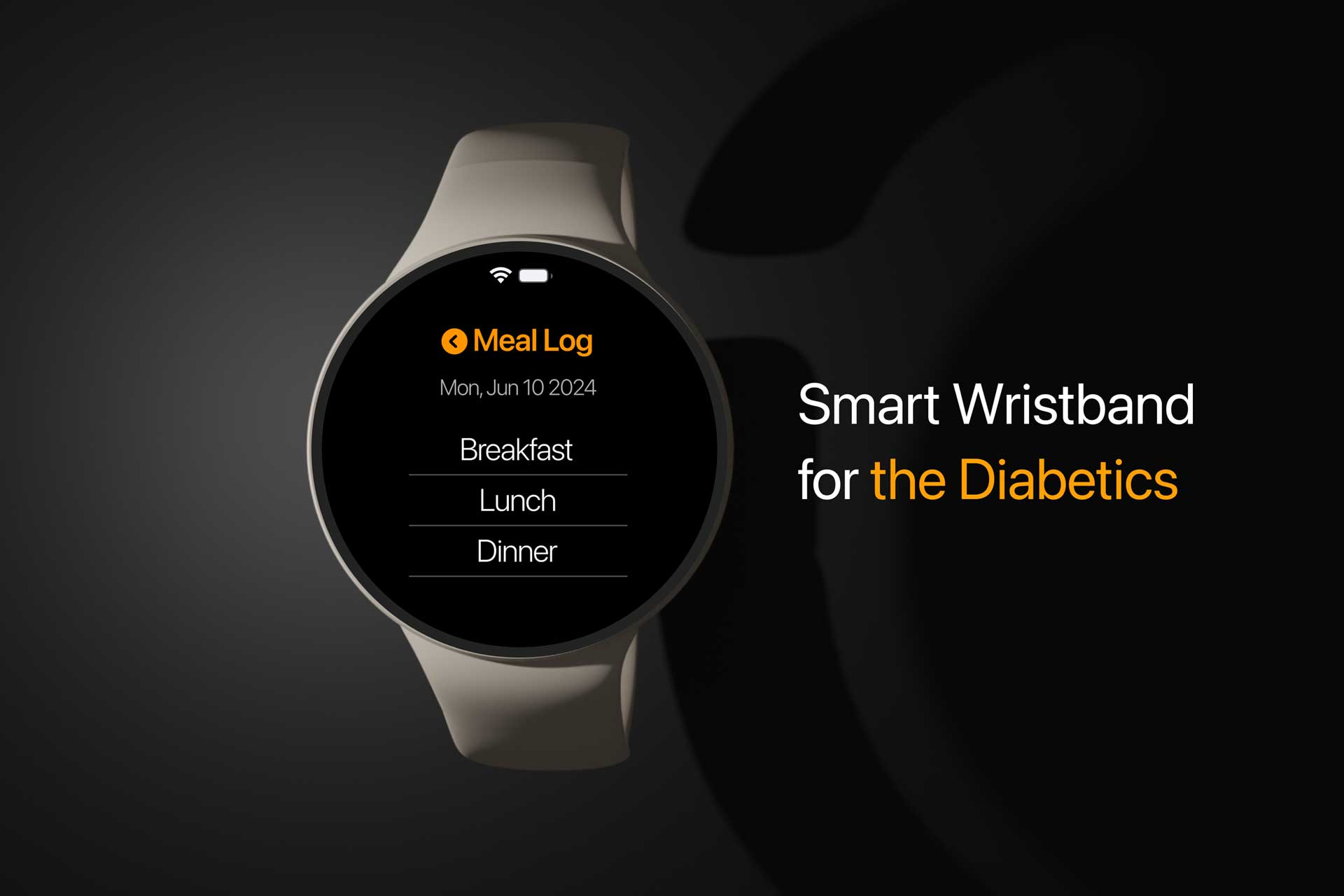Yingxiao Ouyang of Mastercard Designs a Smarter Future for Diabetics

Unlocking Predictive Power: Analytics & Leadership with Seshendranath Balla Venkata
April 28, 2025Yingxiao Ouyang
Yingxiao Ouyang is a product designer with six years of experience crafting intuitive, actionable digital experiences. At Mastercard, she leads design for three flagship finance products, helping the industry harness advanced data analytics. Previously, she spent three years at Walmart, designing warehouse tools to support smarter, data-driven decisions.
My name is Yingxiao Ouyang, a product designer with six years of experience creating simple, intuitive, and actionable experiences for digital data products. Currently, I am a Product Design Manager at Mastercard, where I lead the design of three flagship finance products, helping equip the finance industry with advanced data analytics tools.
Previously, I spent three years on the Walmart Supply Chain team, leading the design of warehouse applications to support associates in making data-driven decisions. I graduated from Georgia Tech's MSHCI and Industrial Design programs with a focus on human-centered design. My core expertise lies in turning complex requirements into simple, user-friendly, and impactful solutions.
Design challenges the status quo by delivering what people truly need. I enjoy building creative solutions, understanding people's struggles, and strategically planning ahead. While the process can be demanding, the reward of seeing things come together makes it all worth it.
It pushes my limits, requiring both deep expertise and creative thinking to understand what people need and what the product team can build. Even a small success in this field fuels my passion and motivates me to continue exploring and innovating in design!
I am building data products for the Mastercard Services organization, targeting multiple personas such as Destination Marketing Officers, Retail Executives, and small merchant owners. My goal is to simplify their digital experience by helping them understand data, explore insights, and leverage data to solve complex business challenges.
In my current role, I collaborate closely with product managers and development teams to address customer pain points and prioritize solutions. I create mockups for the product team to map out execution details and enhance the overall customer experience.
Design is a process that focuses on finding the next growth opportunity from the users' perspective. It allows our team to tailor advanced data and analytics technology to meet users' needs, rather than simply building what is possible.
Through mockups and prototypes, all stakeholders can experience the products from the users' point of view. By elevating the service, the product team increases its chances of winning more customers and driving greater revenue.
My favorite design is the Nintendo Switch, which is a great example of understanding what people want. The company’s goal is not to use the latest technology, but to deliver a unique and advanced experience for gamers.
To give users a better chopping experience, the engineering team implemented multiple ways of chopping from different angles, offering users unprecedented flexibility. A comment from a user perfectly captures their design principle: “Even if I forget what I want, Nintendo always remembers.”
I always kick off projects by understanding the business impact, technical constraints, and user pain points. If any key user stories are missing, I seek support to conduct user research. After framing a solid goal, I begin proposing solutions and share prototypes with stakeholders.
I back up my concepts with clickable prototypes to turn ideas into something tangible—and, of course, to reveal any gaps. I provide detailed design suggestions based on the company’s design system and UX best practices. All of this ensures the team has a solution that is user-friendly and feasible within the timeline.
Yes, my family lives in China, and I moved to the U.S. to pursue a design career. This international background has given me a deep appreciation for diverse cultures and local digital ecosystems. I’ve learned that success in one region may not translate well to another if we don’t consider local behaviors and preferences.
My past journey has helped me understand how user experiences are shaped by existing products, which deeply affects users’ acceptance of new ones.
The NY Product Design Awards provides a global platform for me to share my design work and passion. Receiving the award has given me a great deal of confidence to continue exploring in this industry.
This award program also brings together the world’s best designers and design projects, offering valuable insights into the latest design trends. Learning from other designers’ journeys has greatly enhanced my craft skills and business acumen.
According to the National Diabetes Statistics Report, 30.3 million people had diabetes in 2017, accounting for about 9.4% of the U.S. population. Through user interviews, I discovered that it can take up to a year for newly diagnosed diabetics to learn how to eat in a way that keeps their glucose levels within a safe range—even for those with access to diet management resources or glucose monitoring devices.
This smartwatch is designed to significantly reduce the time it takes for newly diagnosed diabetics to develop healthy eating habits. I chose this project to advocate for better user experiences for people with diabetes.
1. This industry creates highly usable products to solve urgent 21st-century problems by giving users 21st-century capabilities.
2. The industry constantly changes the status quo by adapting to changes in human behavior.
3. The design industry is able to truly make an impact on people's lifestyles.
My family lives in China, and I moved to the U.S. to pursue a design career. Both China and the U.S. have been developing technology in an agile way to meet the increasing expectations of the public.
Businesses in these two countries value customer feedback and are constantly improving their services. This environment motivates me to continue improving my design delivery and Human-Centered Design methodology.
I think design will play a huge role in automation and human-machine interface design. While a lot of work will be automated in the future, how humans operate these machines to achieve their personal goals can heavily impact employee happiness.
Design can help optimize these interactions, improve efficiency, automate tasks that are beyond people's capabilities, and free up labor to focus on higher-value work.
Start applying for awards right now and focus on continuous improvement. Winning an award may seem like a distant goal, but making your first attempt is just as important as polishing your skills.
The NY Product Design Awards can be a great starting point to boost your confidence and share your great idea with the world.
My design professor, Wendell, at Georgia Tech is a great example of professionalism and kindness. He encouraged me to be creative while also holding me to a high standard to meet public expectations. One lesson I learned from him is to use high-quality design to persuade people.
People can reject a design because of aesthetics, even if they have a need for it. As designers, when we receive pushback, it is our job to reevaluate their needs, but also to push our design to a higher level.
Smart Watch for the Diabetics | 2024
Yingxiao Ouyang
Yingxiao Ouyang is a product designer with six years of experience crafting intuitive, actionable digital experiences. At Mastercard, she leads design for three flagship finance products, helping the industry harness advanced data analytics. Previously, she spent three years at Walmart, designing warehouse tools to support smarter, data-driven decisions.
Explore the journey of Kelly Dantas, the Silver Winner of the 2024 NY Product Design Awards. She’s the powerhouse behind Chocoylatte Gourmet, Clochel, and Foldtote—earning 23 business awards along the way. Her bold ideas and sharp marketing instincts are reshaping the home and lifestyle space.




